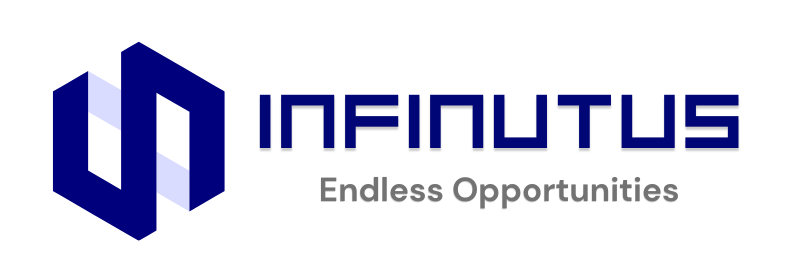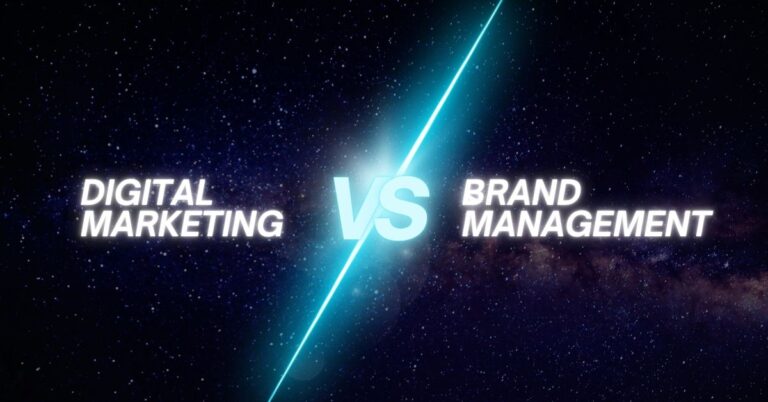
The Ultimate Digital Marketing Strategy for eCommerce Sites
Both digital marketing and brand management are essential for a business’s success, but they serve different roles. Digital marketing helps you reach immediate goals and drive traffic, while brand management ensures long-term brand equity and customer loyalty. Let us understand the difference between them in this blog.




